In the dynamic world of commercial transportation, understanding the intricacies of truck petrol tank capacity is paramount for optimizing performance, enhancing fuel efficiency, and ensuring seamless operations. At CarMax Vehicle, we delve deep into the nuances of petrol tank capacities, offering insights that empower fleet managers and truck operators to make informed decisions tailored to their specific needs.
Table of Contents
- Understanding Truck Petrol Tank Capacity
- Factors Influencing Petrol Tank Capacity
- Standard Petrol Tank Capacities Across Truck Types
- Impact of Petrol Tank Capacity on Truck Performance
- Optimizing Fuel Efficiency Through Tank Capacity Management
- Innovations by CarMax Vehicle in Petrol Tank Design
- Comparative Analysis: Petrol vs. Diesel Tank Capacities
- Maintenance Best Practices for Truck Petrol Tanks
- Safety Considerations for Truck Petrol Tanks
- Future Trends in Truck Petrol Tank Capacity
- Frequently Asked Questions
Understanding Truck Petrol Tank Capacity
Truck petrol tank capacity refers to the volume of fuel a truck’s tank can hold, typically measured in liters or gallons. This capacity is a critical determinant of a truck’s range between refueling stops, directly influencing operational efficiency and cost-effectiveness. At CarMax Vehicle, we recognize that selecting the appropriate tank capacity is a strategic decision that aligns with the truck’s intended use, route demands, and fuel consumption patterns.

Key Considerations:
- Vehicle Weight and Load: Heavier loads may require more fuel, necessitating larger tank capacities.
- Route Distance and Frequency: Long-haul operations benefit from higher tank capacities to reduce refueling interruptions.
- Fuel Efficiency: Balancing tank size with fuel economy ensures optimal performance without unnecessary weight.
Factors Influencing Petrol Tank Capacity
Several factors dictate the optimal petrol tank capacity for a truck, each interplaying to shape the vehicle’s overall functionality and efficiency.
1. Vehicle Size and Design
The physical dimensions and structural design of a truck largely determine the available space for fuel tanks. Larger trucks naturally accommodate bigger tanks, while compact models require more efficient space utilization.

2. Intended Use and Operational Demands
Trucks designed for long-distance hauling prioritize larger tank capacities to minimize downtime, whereas urban delivery trucks may opt for smaller tanks due to frequent refueling opportunities.
3. Fuel Consumption Rates
The engine’s fuel efficiency directly impacts how much fuel is needed over specific distances. Higher consumption rates may necessitate larger tanks to sustain operations between stops.
4. Regulatory Standards and Safety Requirements
Compliance with local and international regulations can influence tank design and capacity, ensuring safety and environmental standards are met.

5. Weight Considerations
Fuel contributes to the truck’s overall weight. Balancing tank capacity with payload requirements is essential to maintain optimal performance and adhere to weight regulations.
Standard Petrol Tank Capacities Across Truck Types
Understanding the typical petrol tank capacities across various truck categories aids in selecting the right model for specific operational needs.
| Truck Type | Average Petrol Tank Capacity (Liters) |
|---|---|
| Light-Duty Trucks | 60 – 80 |
| Medium-Duty Trucks | 100 – 150 |
| Heavy-Duty Trucks | 200 – 300 |
| Long-Haul Tractor Units | 300 – 400 |
Note: These figures are approximate and can vary based on manufacturer specifications and customization options.
Impact of Petrol Tank Capacity on Truck Performance
The capacity of a truck’s petrol tank significantly influences its operational performance, affecting several critical aspects:
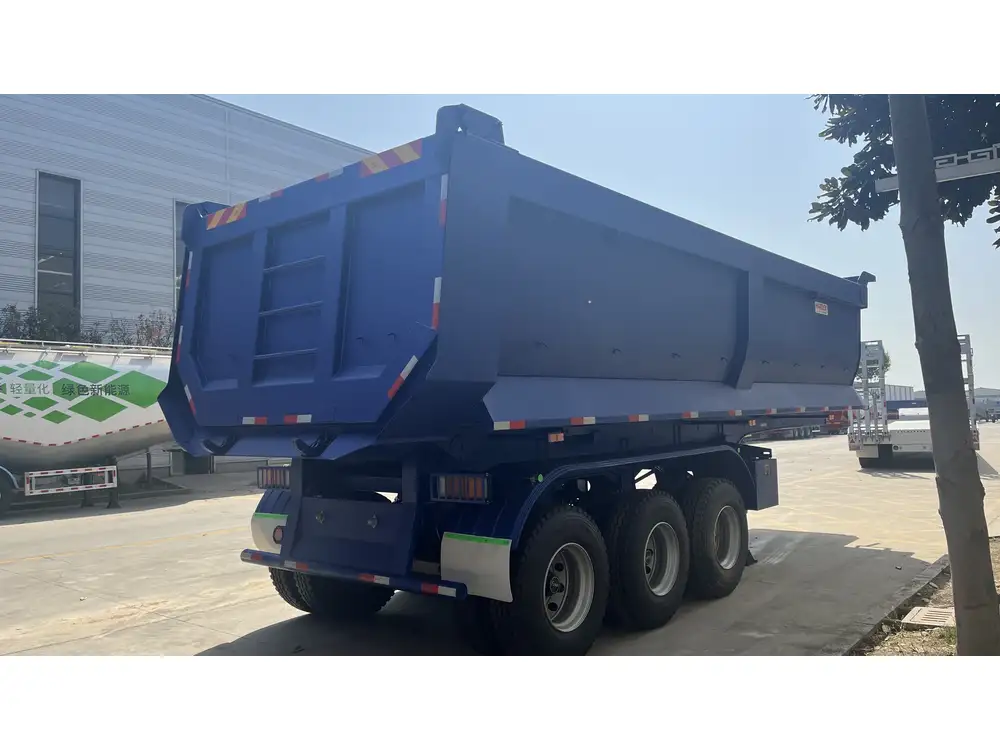
1. Range and Operational Efficiency
A larger petrol tank extends the distance a truck can travel without refueling, enhancing productivity and reducing downtime. This is particularly beneficial for long-haul operations where refueling stations are sparse.
2. Payload Considerations
While a bigger tank increases fuel capacity, it also adds weight, which might reduce the permissible payload. Finding the right balance ensures that the truck remains both fuel-efficient and capable of carrying the desired load.
3. Engine Performance
Adequate fuel supply ensures that the engine operates smoothly under various load conditions, preventing performance dips and maintaining engine longevity.

4. Cost Implications
Optimizing tank capacity can lead to cost savings by reducing fuel consumption per kilometer and minimizing the frequency of refueling stops.
Optimizing Fuel Efficiency Through Tank Capacity Management
Effective management of petrol tank capacity is pivotal in enhancing a truck’s fuel efficiency, directly impacting operational costs and environmental footprint.
Strategies for Optimization:
- Regular Fuel Audits: Monitoring fuel consumption patterns helps in adjusting tank capacity to match actual usage needs.
- Route Planning: Efficient routing minimizes unnecessary fuel consumption, allowing for optimized tank sizes.
- Driver Training: Educating drivers on fuel-efficient driving techniques complements tank capacity management.
- Advanced Monitoring Systems: Implementing telematics and fuel tracking technologies provides real-time insights into fuel usage, facilitating informed decisions.
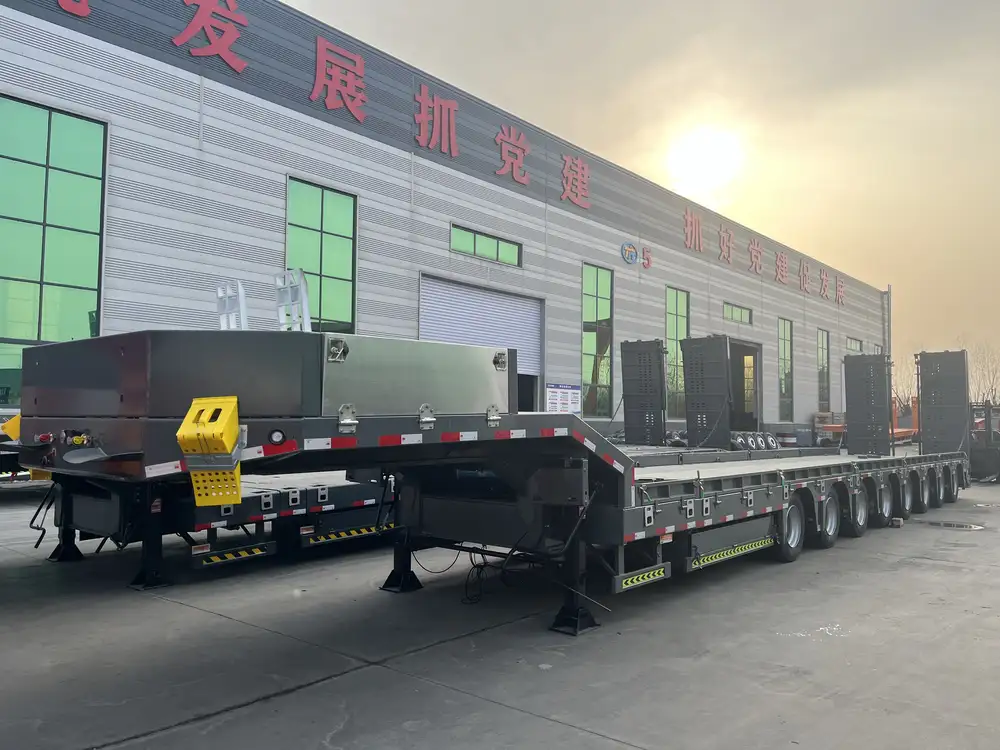
Example: CarMax Vehicle’s Approach
At CarMax Vehicle, we integrate advanced fuel management systems into our trailer designs, enabling real-time monitoring and efficient fuel utilization. This integration ensures that our clients achieve maximum fuel efficiency tailored to their specific operational demands.
Innovations by CarMax Vehicle in Petrol Tank Design
CarMax Vehicle stands at the forefront of innovation in petrol tank design, delivering solutions that merge capacity with efficiency and safety.
Key Innovations:

1. Modular Tank Systems
Our modular tank designs allow for scalability, enabling trucks to adapt their fuel capacity based on changing operational requirements without significant redesigns.
2. Lightweight Materials
Employing advanced lightweight materials reduces the overall weight of the fuel tank, enhancing payload capacity and fuel efficiency without compromising durability.
3. Integrated Fuel Management Technology
Seamlessly integrating fuel sensors and tracking systems provides comprehensive insights into fuel levels, consumption rates, and leak detection, ensuring optimal fuel management.

4. Ergonomic Tank Placement
Strategically placing fuel tanks to preserve cargo space and maintain vehicle balance contributes to improved handling and performance.
5. Environmental Compliance
Our tank designs adhere to stringent environmental standards, incorporating features that minimize fuel evaporation and prevent contamination, aligning with sustainable practices.
Comparative Analysis: Petrol vs. Diesel Tank Capacities
While petrol and diesel engines are common in trucks, their fuel tank capacities exhibit distinct characteristics influenced by their operating parameters and fuel properties.
| Aspect | Petrol Tanks | Diesel Tanks |
|---|---|---|
| Fuel Density | Lower (approx. 0.74 kg/L) | Higher (approx. 0.85 kg/L) |
| Energy Content | Generally lower per liter | Higher energy content per liter |
| Tank Size | Typically smaller for equivalent range | Larger tanks to match petrol range |
| Weight Impact | Less weight per volume | Heavier due to higher fuel density |
| Cost | Generally lower cost for petrol tanks | Higher cost due to robust tank requirements |

Considerations:
- Engine Type: Diesel engines are preferred for heavy-duty applications due to their higher torque and fuel efficiency, often necessitating larger tank capacities.
- Operational Needs: The choice between petrol and diesel impacts tank design and capacity based on the specific demands of the operation.
Maintenance Best Practices for Truck Petrol Tanks
Ensuring the longevity and efficiency of petrol tanks involves diligent maintenance practices that prevent fuel degradation, leaks, and other potential issues.
Maintenance Tips:

1. Regular Inspections
Conduct routine visual and technical inspections to detect signs of wear, corrosion, or damage early.
2. Cleanliness
Keep the exterior and interior of the tank clean to prevent contamination and ensure the integrity of the fuel system.
3. Sealing and Integrity Checks
Regularly check seals and connections to prevent leaks and maintain fuel purity.

4. Monitoring Fuel Quality
Use fuel additives or purification systems to maintain fuel quality, especially if tanks are not frequently refilled.
5. Temperature Control
Protect tanks from extreme temperatures which can affect fuel stability and tank materials.
6. Professional Servicing
Engage certified technicians for comprehensive maintenance and to address any complex issues promptly.

Safety Considerations for Truck Petrol Tanks
Safety is paramount in the design and operation of petrol tanks to prevent accidents, environmental hazards, and ensure compliance with regulatory standards.
Key Safety Measures:
1. Proper Ventilation
Ensure adequate ventilation to prevent fuel vapor accumulation, reducing the risk of explosions.
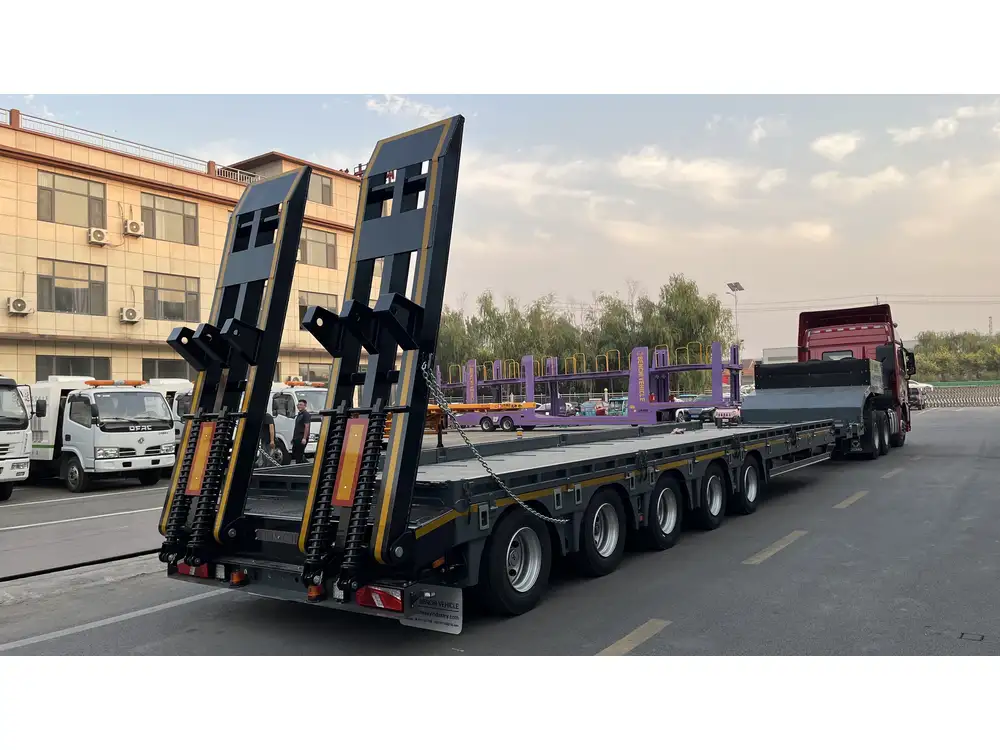
2. Leak Detection Systems
Implement advanced leak detection technologies to identify and address leaks swiftly.
3. Robust Construction
Design tanks with durable materials that withstand impacts, corrosion, and other physical stresses.
4. Compliance with Standards
Adhere to national and international safety standards governing fuel tank design, placement, and maintenance.

5. Emergency Shut-off Mechanisms
Integrate shut-off valves and emergency systems that can isolate the fuel tank in case of accidents or breaches.
6. Training and Protocols
Educate drivers and maintenance personnel on safety protocols related to petrol tank handling and emergency response.
Future Trends in Truck Petrol Tank Capacity
The evolution of truck petrol tank capacity is influenced by technological advancements, environmental considerations, and shifting transportation paradigms. Anticipated trends include:
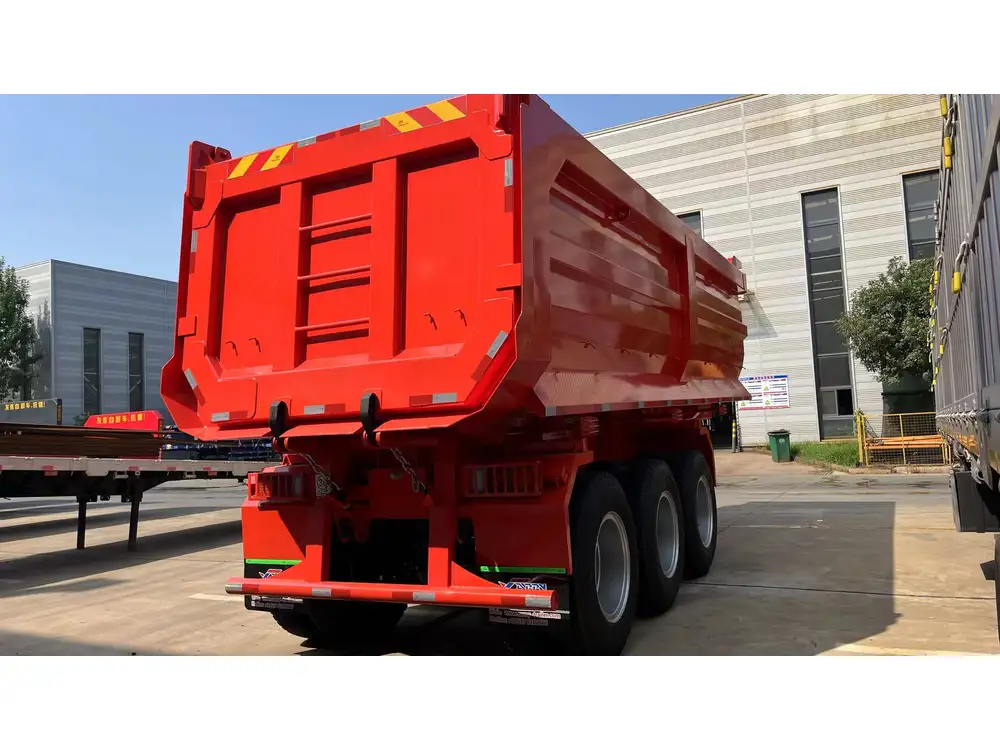
1. Smart Tank Technologies
The integration of IoT devices and smart sensors for real-time monitoring and predictive maintenance will become standard, enhancing fuel management and safety.
2. Lightweight Materials
Continued research into lightweight, high-strength materials will drive tank designs that offer greater capacity without adding significant weight.
3. Sustainability Focus
Developments in eco-friendly tank coatings and fuel storage solutions aim to minimize environmental impact and align with green transportation initiatives.
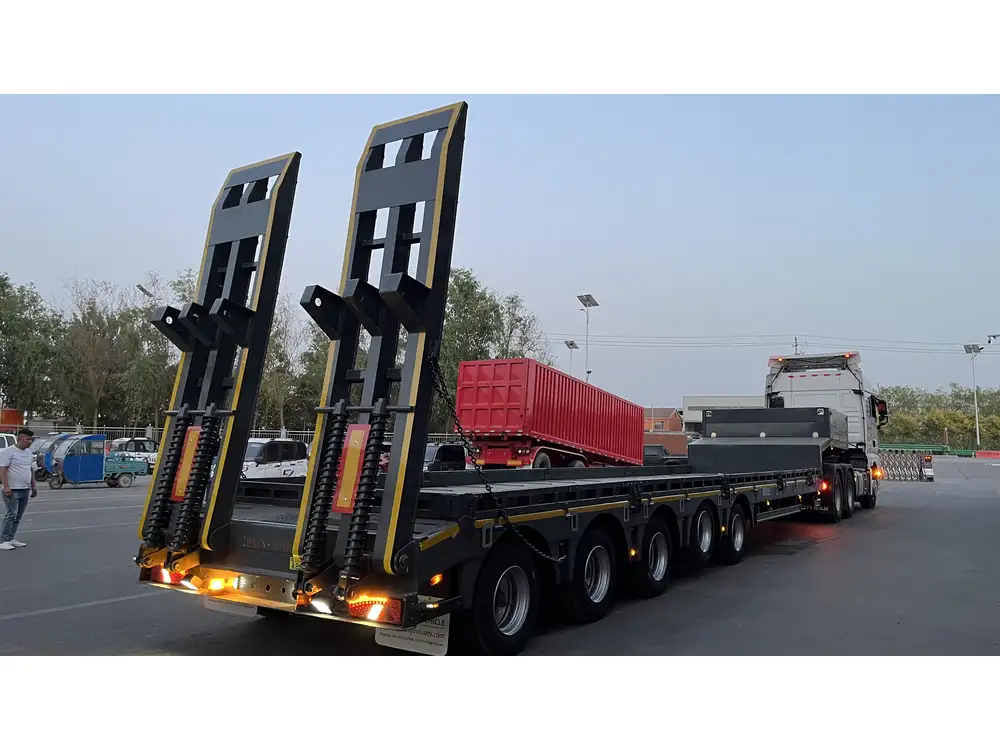
4. Modular and Customizable Designs
Flexible tank systems that can be easily reconfigured or expanded to meet varying operational needs will gain popularity, offering versatility to fleet operators.
5. Enhanced Fuel Efficiency Integration
Advanced fuel management systems that work in tandem with engine optimization technologies will provide holistic solutions for maximizing fuel efficiency.
Frequently Asked Questions

1. What is the average petrol tank capacity for a standard semi-trailer?
The average petrol tank capacity for a standard semi-trailer ranges between 200 to 300 liters, depending on the truck’s make, model, and intended use.
2. How does petrol tank capacity affect a truck’s payload?
A larger petrol tank increases the truck’s weight, which may slightly reduce payload capacity. It’s essential to balance tank size with the desired payload to maintain optimal performance.
3. Can petrol tank capacity be upgraded in existing trucks?
Yes, petrol tank capacity can be upgraded through aftermarket modifications. However, it’s crucial to consult with professionals like CarMax Vehicle to ensure compatibility and compliance with safety standards.
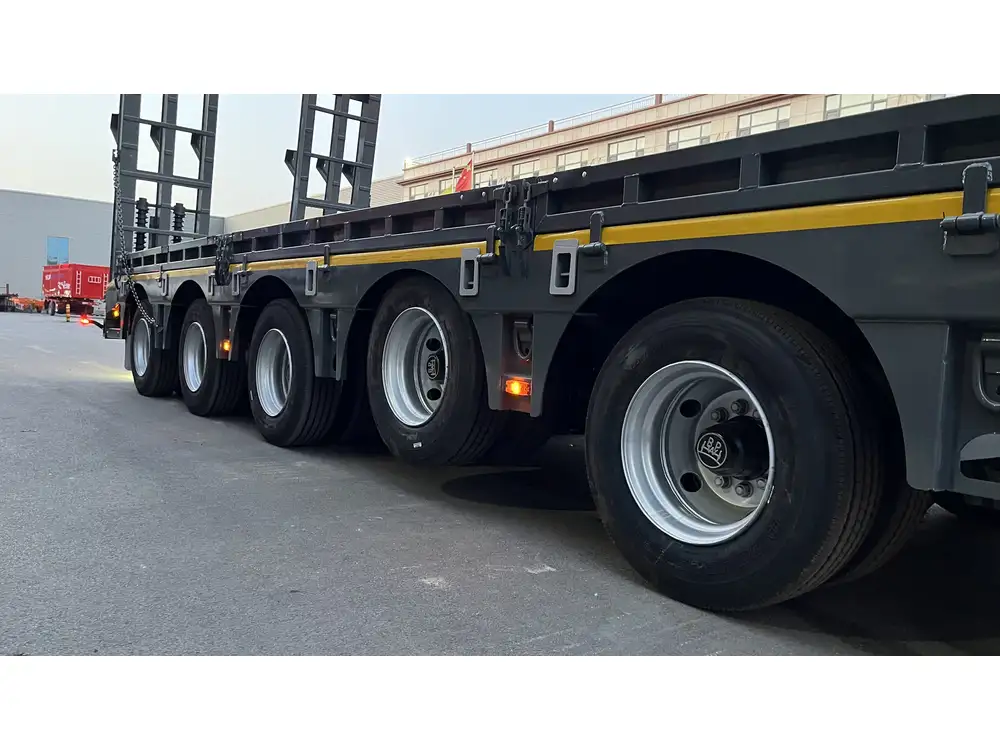
4. What are the safety features to look for in a petrol tank design?
Key safety features include leak detection systems, proper ventilation, robust construction materials, and compliance with regulatory standards to prevent accidents and environmental hazards.
5. How does petrol compare to diesel in terms of tank capacity and fuel efficiency?
Diesel engines generally offer higher fuel efficiency and require larger tank capacities compared to petrol engines. Diesel fuel has a higher energy density, allowing trucks to travel longer distances on the same volume of fuel.
At CarMax Vehicle, we are committed to delivering trailer solutions that blend capacity with innovation, ensuring our clients achieve unparalleled efficiency and reliability in their transportation endeavors. Whether you’re optimizing your existing fleet or planning for expansion, understanding truck petrol tank capacity is a critical step towards operational excellence.



